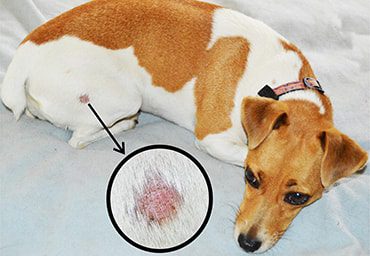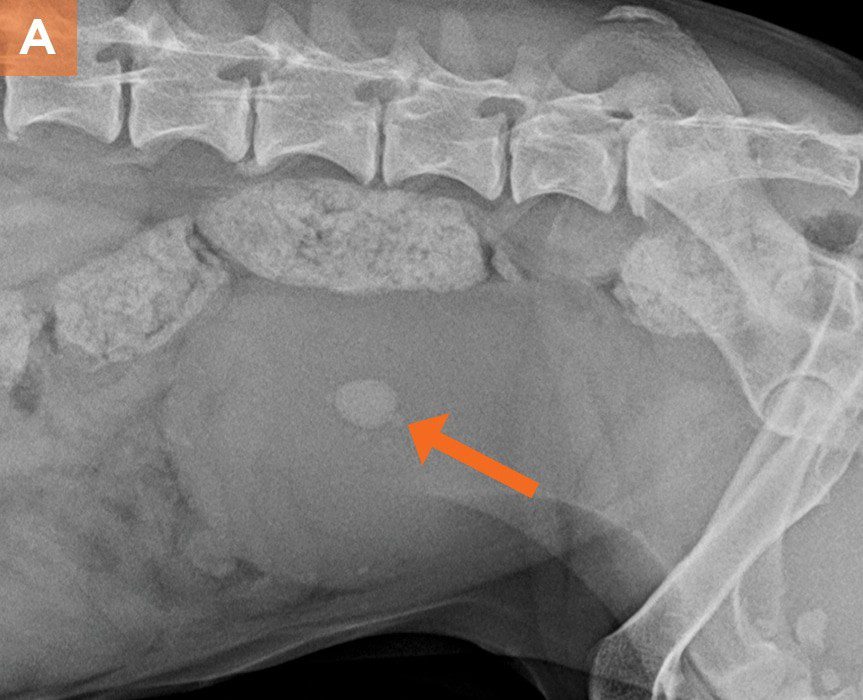
Urolithiasis in dogs
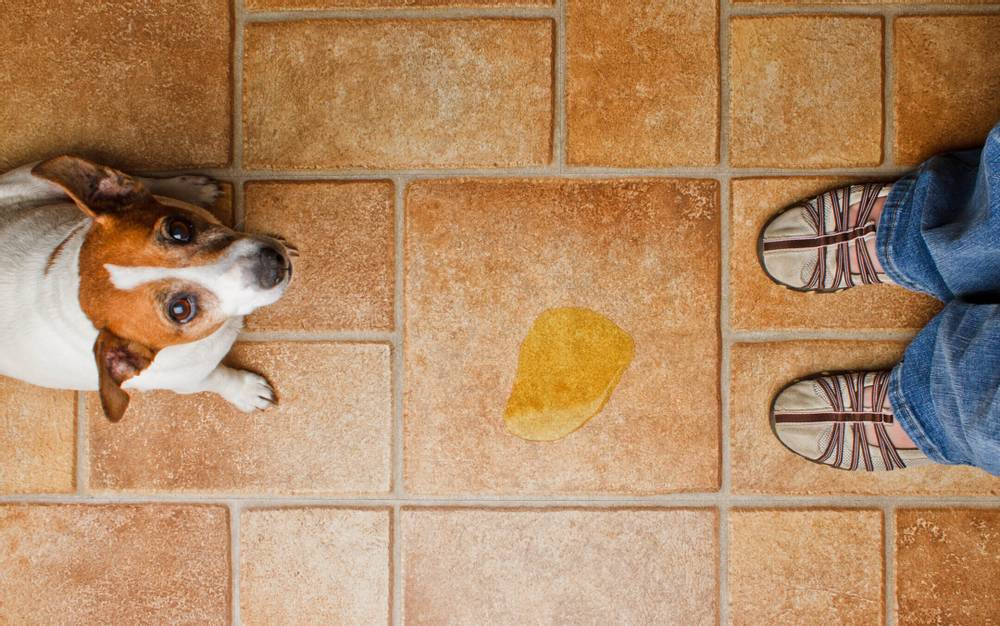
Contents
Urolithiasis in Dogs: Essentials
The main signs of urolithiasis are frequent, painful urination and discoloration of the urine.
Stones can be found in all parts of the urinary system: in the kidneys, ureters, bladder and urethra.
Therapeutic treatment is widely used, but in some cases it is impossible to do without surgery.
The best prevention measures are increased drinking water intake, a quality diet, an active lifestyle and not being overweight.
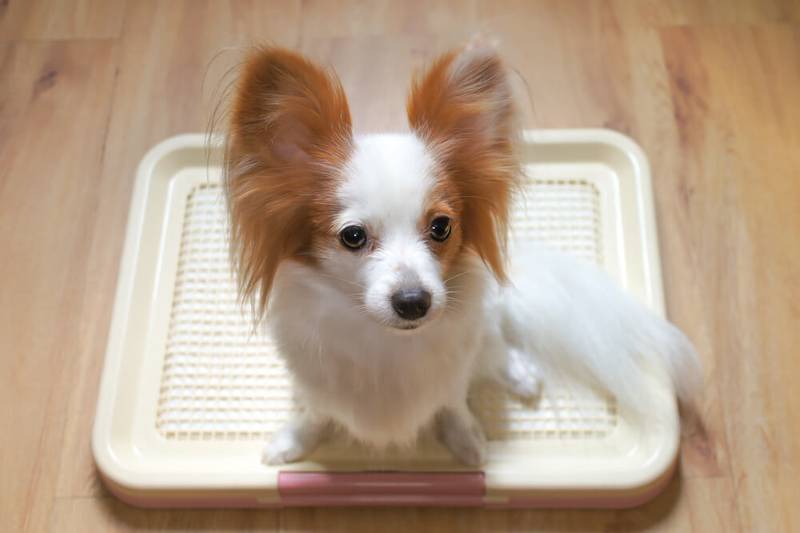
Symptoms
The main symptoms and signs of acute urolithiasis in dogs include increased urge to urinate, sometimes the interval between them can be only 10-15 minutes. The dog will constantly ask to go outside and may even make a puddle at home. There is also a decrease in the volume of urine excreted at a time. You may notice a change in the color of urine from pale pink to bright red. Urine may be cloudy, with flaky inclusions. During the act of urination, painful sensations in the animal can be noted: a tense posture, whining, a highly raised tail, males may stop raising their paw. The dog becomes lethargic, lethargic, does not eat well. Also, in some cases, increased thirst and an increase in urine volume may be noticed.
Symptoms of kidney stones in a dog may not appear for a long time. The exacerbation will be accompanied by severe pain in the lumbar region, signs of inflammation of the kidneys will appear: blood, pus in the urine, general depression.
If the stone gets stuck in the urethra, it will block the exit of urine to the outside. The bladder will constantly fill up, there will be a sharp pain in the abdomen. If help is not provided in time, an ammonia smell will appear from the mouth, vomiting, convulsions, and then kidney failure and death of the animal will occur.
Diagnostics
If you suspect urolithiasis, you must undergo a series of mandatory studies. These include ultrasound of the urinary system. Ultrasound will show the presence of uroliths, their size and exact localization. It will show the structural component of the kidneys, the presence of an acute or chronic inflammatory process in them. Also very indicative is the general analysis of urine. It can show the density of urine, pH, the presence of blood and inflammatory cells, microflora, as well as the smallest uroliths that can pass through the urethra. In the presence of microflora, a urine culture with subtitration to antibacterial drugs may be indicated. Sometimes x-rays are required to show the location of radiopaque uroliths, and this is especially helpful to rule out blockage of the urethra in male dogs. General clinical and biochemical blood tests will help to exclude acute inflammatory processes and acute kidney injury.
More rare studies include urography or cystography with a contrast agent, computed tomography.
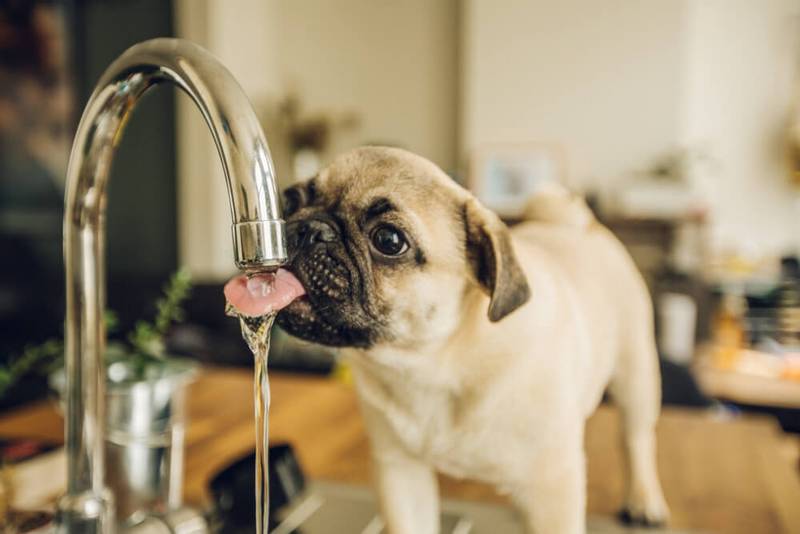
Treatment of urolithiasis in dogs
The treatment of urolithiasis in dogs will depend on the general condition of the animal and the location of the calculus. If no life-threatening condition is noted, drug therapy may be tried first. Drugs are used that bring the pH of urine closer to neutral, antibacterial, anti-inflammatory, antispasmodic, diuretic, painkillers. The use of a special therapeutic diet may be indicated for the dissolution of some calculi, struvites (tripel phosphates) lend themselves best to dissolution in dogs.
In the event of blockage by a stone in the urethra, surgical assistance is required. If possible, the stone is pushed back into the bladder using a special catheter. If the sand is at the very exit from the urethra, you should try to get it out. In the case when it is not possible to release the urethra with a catheter, or such a condition in the animal constantly recurs, a urethrostomy operation is indicated. The urethra with its wide part is displayed in the perineum between the scrotum and anus, due to this it becomes more passable, the S-shaped bend is excluded, in which the stone most often rises.
If large stones are found in the bladder, the best solution is to remove them surgically. The stones have a traumatic effect on the delicate wall of the bladder, they also collect an infection that is almost impossible to remove with antibiotics. In such cases, a cystotomy or cystoscopy is performed using endoscopic equipment. Fundamentally, these two operations will not differ, so it is worth giving preference to the technique that your surgeon knows best.
If stones are found in the kidneys or ureters, surgical treatment is used. Operations such as pyelotomy, nephrotomy, ureteretomy, or ureteroneocystostomy are performed. Also, if the appropriate equipment is available, the method of dissolving stones using shock wave therapy can be applied.
Thus, the treatment of KSD in dogs requires an integrated approach, and special attention should be paid to specific diagnostics.
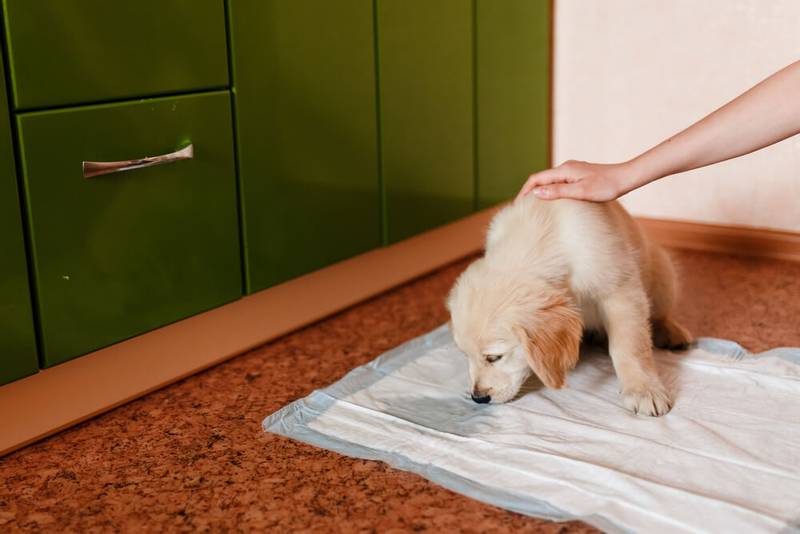
Prevention
The best measure for the prevention of urolithiasis is the regular consumption of clean drinking water. If your dog does not drink much, water can be added directly to the food. Nutrition should be of high quality, and most importantly, balanced. A nutritionist can help in the selection and preparation of an individual diet. You can even do this online – in the Petstory mobile application, consultations are carried out by veterinarians of various specialties, including nutritionists. You can download the application from the link.
If the dog has previously been diagnosed with urolithiasis, a therapeutic diet can be prescribed for life to minimize the risk of recurrence.
Other factors in the formation of stones include a sedentary lifestyle and being overweight. The dog must be walked at least 2 times a day, for a total of at least an hour. If the dog “tolerates” for a long time, this contributes to the stagnation of urine, its excessive concentration, the development of infection and the precipitation of salts.
Moderate physical activity and consultation with a nutritionist will also help to cope with excess weight.
The article is not a call to action!
For a more detailed study of the problem, we recommend contacting a specialist.
Ask the vet
February 8 2021
Updated: 1 March 2021



